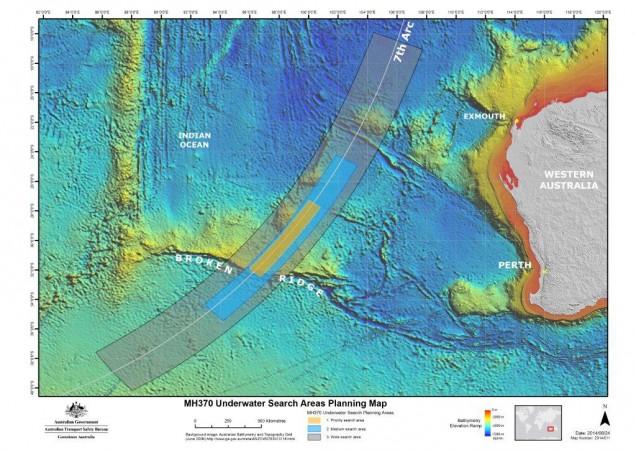
A new theory by a group of mathematicians that Malaysia Airlines MH370 vanished because the pilot of the aircraft was able to pull off a perfect nosedive into the sea and that is why the rescue teams have not been able to find its wreckage has now been challenged.
Aviation expert Ben Sandilands has dismissed the theory, saying it is rather ridiculous and called it "another dose of bad science and poor reporting."
It has been over a year since the Beijing-bound Malaysia Airlines Flight 370 mysteriously disappeared on 8 March 2014 after taking off from Kuala Lumpur.
Even a team composed of specialists from Malaysia, Australia, China, the UK, the US and France couldn't find any wreckage of the missing plane.
Researchers from Texas A&M University in Qatar had claimed that the Boeing 777 dived into the Indian Ocean at a 90-degree angle and that it was the only plausible scenario wherein the aircraft would remain intact, and it would explain why the search teams have not been able to find any wreckage and oil spillage.
Mathematician Goong Chen, the head of the research team, told the Daily Mail that they reached the conclusion after testing several theories.
"The true final moments of MH370 are likely to remain a mystery until someday when its black box is finally recovered and decoded.But forensics strongly supports that MH370 plunged into the ocean in a nosedive," Chen said.
However, Sandilands claimed that the mathematicians got it all wrong as there is no way the plane would remain intact after the impact even if the pilot managed to do a 90 degree nosedive.
"When the mass of a jet airliner makes a high velocity impact with a body of water the structural integrity of the windscreen visors and the thin cylinder of the pressure vessel that is the cabin structure is ruptured and totally destroyed, " he argued.
He added that the pressure created due to the impact will destroy the plane both from inside and outside and that the water will compress and break the fuselage, while the pressure inside will tear away the flesh and clothing from the bodies of passenger.









